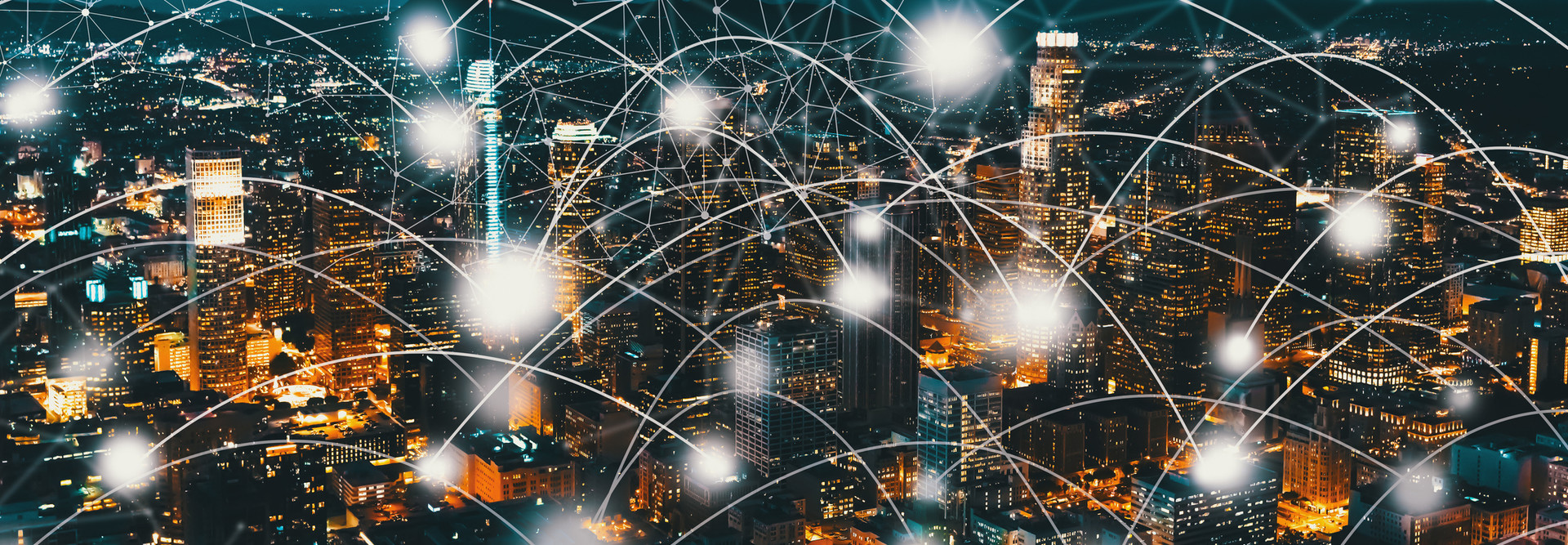Wi-Fi 6 Supports Burgeoning Citizen Services Through IoT
As a cellular technology, 5G supports transmissions over large areas through cells and handheld 5G mobile devices and 5G routers. Like Wi-Fi 6, it offers higher speeds and more bandwidth capabilities than previous generations of wireless. 5G transmits data over large distances, while Wi-Fi 6 is most efficient in localized areas.
All new portable client devices sold today, whether a smartphone, tablet or laptop, have Wi-Fi 6 capabilities built into them. The Wi-Fi 6 capabilities improve the performance of those devices over wireless LAN, according to TechTarget. So, city workers experience many obvious benefits in office buildings or busy outdoor plazas supporting Wi-Fi 6.
Wi-Fi 6 supports features such as orthogonal frequency-division multiple access, making it ideal for the Internet of Things. OFDMA allows “simultaneous transmissions to and from multiple clients,” Cisco says. With this capability, cities can plan for more IoT devices, such as connected lighting, smart parking meters and environmental sensors. It also supports emergency communications such as blue light phone and alarm systems for public safety in parking lots.
RELATED: Follow these tips when building public Wi-Fi networks.
5G Offers Great Promise for Public Safety Agencies
As for 5G, public safety agencies generally, and public health organizations specifically, are likely to benefit most from expanded access in the future.
During medical emergencies, patients are whisked to a hospital in an ambulance. One day, the emergency medical technicians in those ambulances will be able to communicate with a doctor via a mobile device to receive instructions on how to treat critically injured patients. 5G networks will be needed to stream medical telemetry and video data from the ambulance to the hospital during an emergency.
Indeed, all public safety agencies ultimately will benefit from upgrades to 5G by enabling them to connect dense mobile networks. Public safety agencies are collecting and disseminating increasingly complex information, particularly high-definition video and graphics, and they can aggregate this information quickly thanks to the expanded backhaul communications supported by 5G. Police departments like the Los Angeles Police Department are already capitalizing on backhaul improvements for inbound data collection.
And cities including Coral Gables, Fla., are producing digital twins to provide residents with real-time views across the municipality. Backhaul communications become more of a two-way street as citizens access this rich data from government, creating demand from outbound communications. 5G expansion will make that easier for everyone.
EXPLORE: How 5G impacts smart cities.
Refreshing Networks to Handle More People with New Devices
Many government buildings temporarily closed in March 2020 in response to the COVID-19 pandemic. As workers and citizens return to these buildings, they often find that the wireless network was not built for the newer devices and applications they are using today.
New mobile devices may not gain their greatest efficiencies on old networks. And so, CDW is now helping organizations with the concept of the hybrid workforce. We’re designing new wireless networks to support modern public services such as information kiosks, public Wi-Fi guest access and multimedia displays.
With aging wireless networks, newer wireless client devices won’t be able to connect at the highest speeds possible, and fewer devices will be able to connect. Expert solution architects and wireless engineers can evaluate an environment to determine the best use of 5G and Wi-Fi 6 wireless communications.
This article is part of StateTech’s CITizen blog series. Please join the discussion on Twitter by using the #StateLocalIT hashtag.












